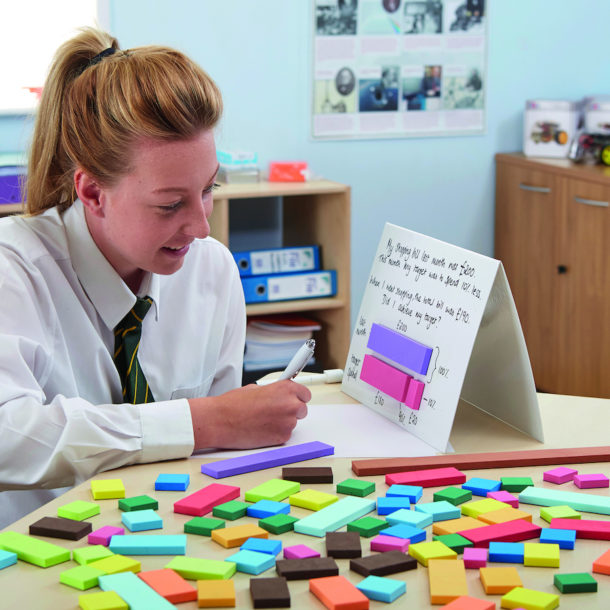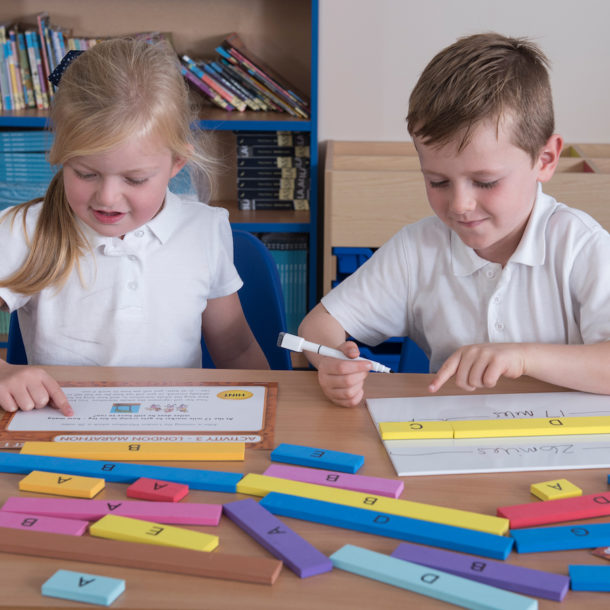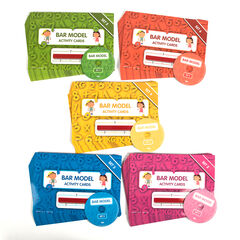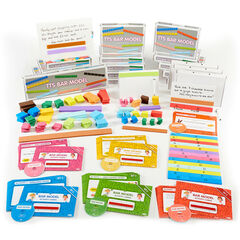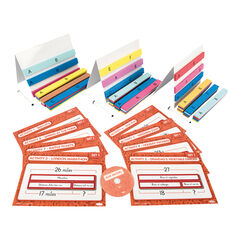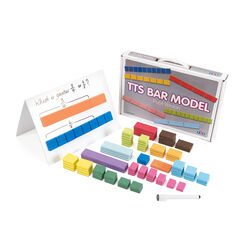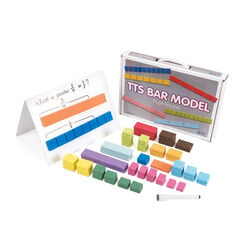The White Rose Maths Hub is one of 35 Government funded hubs. They work to support early years, primary and secondary teachers transform maths provision, so that children and young people can enjoy, and excel at mathematics.
As a hub, WRMH supports and champions a teaching for mastery approach. At the heart of this lies Bar Modelling, a powerful approach that provides a visual method of learning. In this blog Paul Rowlandson, WRMH Lead, provides his opinion on why this approach can transform outcomes for students.
Why is Bar Modelling so powerful?
When you want students to think about something new, Bar Modelling gives them something to think ‘with’! Bar Models empower students to not just consume mathematics through rote procedures. It provides them with the tools to think about mathematical ideas in depth.
As a hub, we are often asked ‘How can students do this using bar models?’
Here we offer some key advice:
Recognise that bar models are not new ways of doing calculations
Bar Modelling is not the new grid method or a replacement for methods of division. In fact, its role is to strengthen students’ understanding of these procedures. Rather than replacing calculations, bar models should accompany them. More than anything, they help turn abstract ideas into something more tangible so that students can see what happens to the numbers when they perform calculations.
Bar models can highlight links between topics
When the diagrams for addition and multiplication look different, it can be difficult to see how these two concepts are similar. That’s not to say that students should only ever see bar models. Having a variety of ways to think about a concept is important too. However, having a consistent structure that runs throughout the curriculum can make seeing the interconnectivity of mathematics that little bit easier.

Bar models provide a backdrop for questioning
Providing a bar model alone to a student won’t necessarily cause them to have an epiphany (although it possibly might!) However, it gives students something to talk about and something to think with when they are trying to make sense of a new concept. To make the most of this, teachers can question the students about the reasons and meanings behind calculations while using a bar model as a point of reference.
Like many practical approaches, Bar Modelling is something that sometimes needs to be seen. As a hub, we have trained thousands of teachers in using this approach – but it never fails to be amazing when they tell us how easy Bar Modelling is making the solving of fractions for them, and how they are so excited to use it with students in their classroom!
A couple of ways resources can be used:
- By using the magnetic strips in the TTS bar modelling kit, students can work practically with Bar Modelling. This is particularly useful when modelling complex situations where students are unlikely to draw the model right first time; using the magnetic strips, they can chop and change their model as their ideas develop.
- Other concrete manipulatives provide further support when concept building, for example, bead strings and place-value counters. Also, by using counters that have different colours on each side, students can explore ideas like number bonds in a practical way.
Further information
The White Rose Maths Hub offers a range of resources and support to help schools implement a Bar Modelling approach, including further information, twilight training, full day courses and in-house training. We also work with a range of licenced training partners across the country, who are licenced to deliver our Bar Modelling twilight training on an open and in-house basis.
With thanks to Paul Rowlandson, lead practitioner at the White Rose Maths Hub


